How to Pickle Vegetables: Preserving Fresh Produce in Vinegar Brine
Are you looking for a way to preserve your fresh vegetables and add some flavor to them? Pickling is a great option that has been used for centuries. Not only does it help to extend the shelf life of your produce, but it also adds a unique tangy taste that can complement any dish.
Why Pickle Vegetables?
Aside from the delicious taste, pickling is a great way to reduce food waste. By pickling your vegetables, you can extend their shelf life for several months, allowing you to enjoy them long after their harvest season. Additionally, pickling is a great way to add some variety to your meals. With so many different vegetables to choose from and endless flavor combinations, you can always find a new recipe to try.
Pickling is also a healthier alternative to other preservation methods like canning. Unlike canning, pickling does not require high heat, which can destroy some of the nutrients in your vegetables. Additionally, pickling does not require any preservatives or additives, making it a great choice for those looking for natural and healthy options.
- Extend the shelf life of vegetables
- Add unique tangy flavor
- Reduce food waste
- Add variety to meals
- Preserve nutrients in vegetables
- Healthy and natural option
If you are ready to start pickling your own vegetables, keep reading to learn the basics of the process and get some recipe ideas.
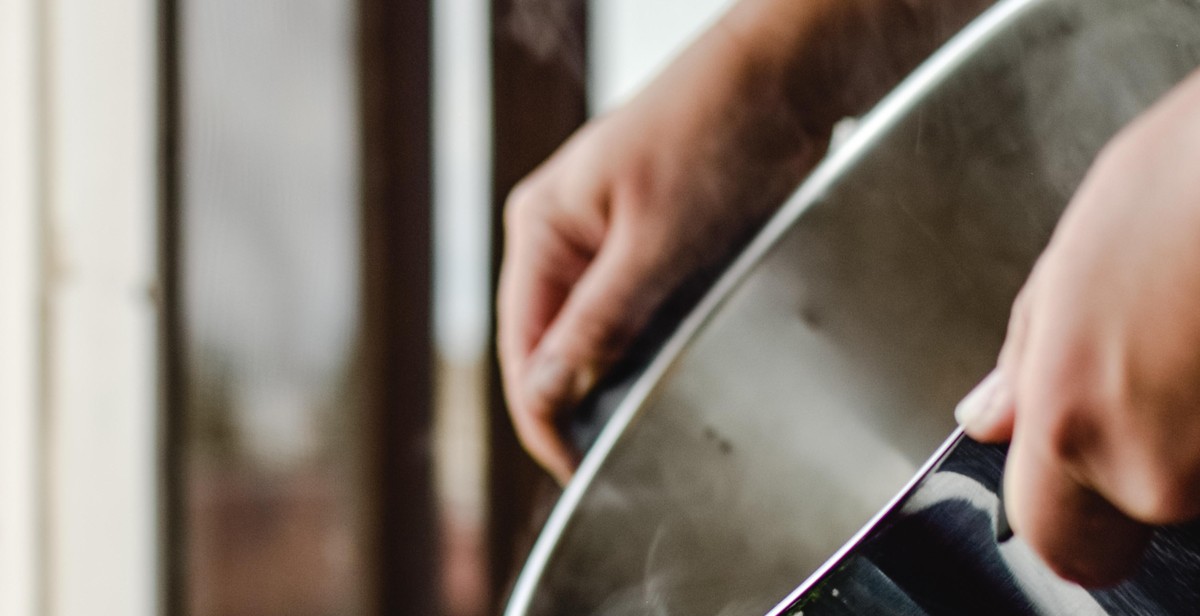
Getting Started: How to Pickle Vegetables
If you love fresh produce, but sometimes find yourself with more than you can eat, pickling is a great way to preserve your vegetables for later use. Pickled vegetables are also a delicious addition to salads, sandwiches, and charcuterie boards. In this guide, we’ll walk you through the basics of how to pickle vegetables.
What You’ll Need
Before you get started, you’ll need a few basic supplies:
- Canning jars with lids
- Vinegar
- Water
- Salt
- Sugar
- Spices (optional)
- Fresh vegetables
You can use any type of canning jar for pickling, but make sure they are clean and free of any cracks or chips. You can also use any type of vinegar, but white vinegar and apple cider vinegar are the most commonly used for pickling. You can also add spices like dill, garlic, or mustard seeds to your brine for extra flavor.
Choosing Your Vegetables
Almost any vegetable can be pickled, but some work better than others. Here are a few vegetables that are great for pickling:
| Vegetable | Preparation | Recommended Spices |
|---|---|---|
| Cucumbers | Slice into rounds or spears | Dill, garlic |
| Carrots | Cut into sticks or coins | Ginger, coriander |
| Onions | Slice into rings or wedges | Peppercorns, bay leaves |
| Cauliflower | Break into florets | Turmeric, cumin |
Make sure your vegetables are fresh and free of any bruises or blemishes. You can also mix and match vegetables to create your own unique pickling recipes.
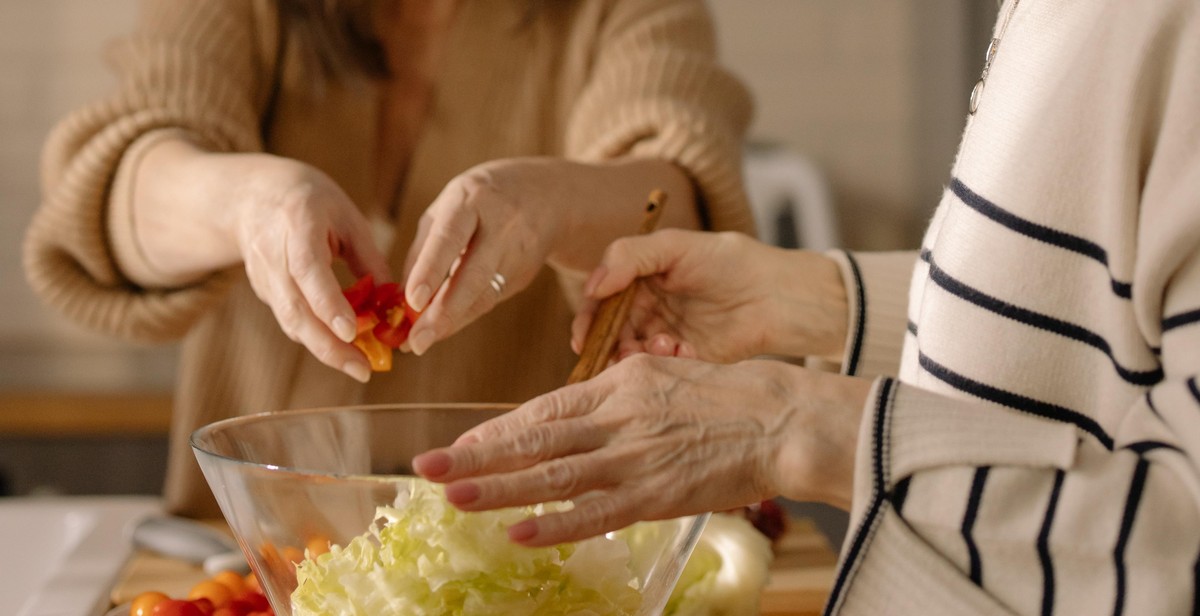
Preparing Your Vegetables
Pickling vegetables is a great way to preserve fresh produce and enjoy it for months to come. Before you start pickling, it’s important to properly prepare your vegetables to ensure they are clean and ready to be pickled. Here are some tips on how to prepare your vegetables for pickling:
Washing and Cutting
The first step in preparing your vegetables for pickling is to wash them thoroughly. Rinse your vegetables under cold running water to remove any dirt or debris. Use a vegetable brush to scrub the vegetables if necessary. After washing, dry the vegetables with a clean towel or paper towel.
Once your vegetables are clean, it’s time to cut them. Cut your vegetables into the desired size and shape for pickling. Keep in mind that smaller pieces of vegetables will pickle faster than larger pieces.
Blanching
Blanching is a process of briefly boiling vegetables in salted water before pickling. Blanching helps to preserve the texture and color of the vegetables. It also helps to remove any bacteria that may be present on the vegetables.
To blanch your vegetables, bring a large pot of salted water to a boil. Add your vegetables to the boiling water and cook for 1-2 minutes, depending on the vegetable. Remove the vegetables from the boiling water and immediately plunge them into a bowl of ice water to stop the cooking process.
After blanching, drain the vegetables and pat them dry with a clean towel or paper towel. Your vegetables are now ready to be pickled!
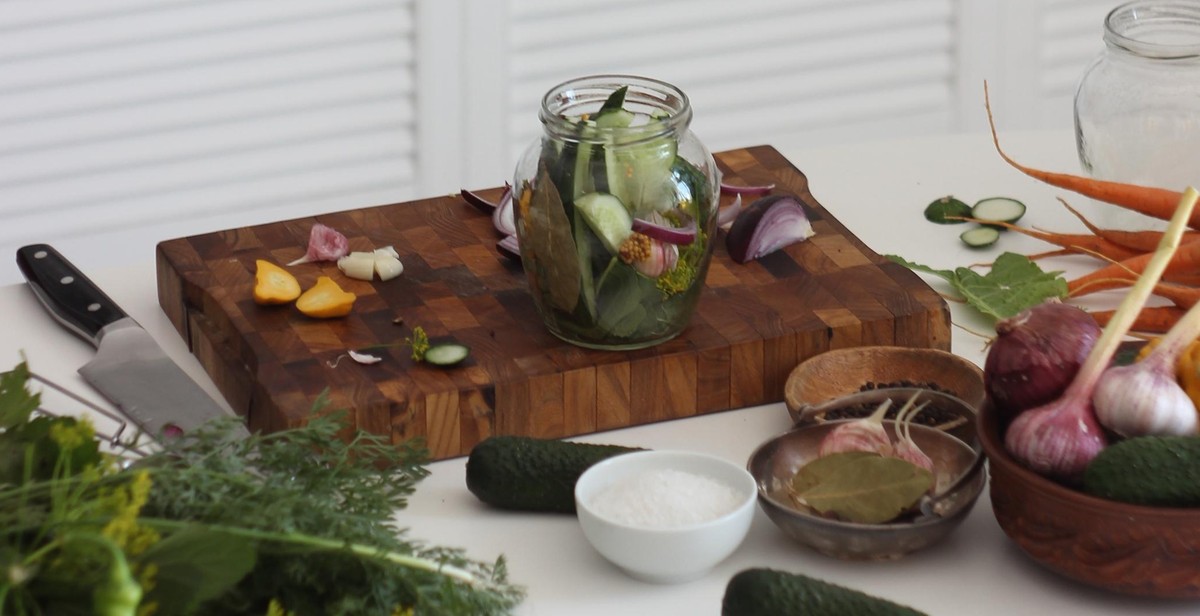
Making the Brine
The brine is the key to successful pickling. It is a mixture of vinegar, salt, sugar, and spices that infuses the vegetables with flavor and helps to preserve them.
Vinegar Types
The choice of vinegar is crucial to the flavor of your pickles. The most commonly used vinegars for pickling are white vinegar, apple cider vinegar, and rice vinegar. White vinegar is the most acidic and has a sharp, clean taste. Apple cider vinegar is milder and has a slightly sweet taste. Rice vinegar is the mildest and has a delicate, slightly sweet flavor. Experiment with different vinegars to find the one that best suits your taste.
Spices and Herbs
Spices and herbs are what give pickles their unique flavor. The most commonly used spices and herbs for pickling include dill, garlic, mustard seed, coriander seed, and black peppercorns. You can also add other spices and herbs to create your own unique blend. Be sure to use fresh spices and herbs for the best flavor.
Salt and Sugar
Salt and sugar are essential ingredients in the brine. Salt helps to draw out the moisture from the vegetables, which helps to preserve them. Sugar helps to balance the acidity of the vinegar and adds a touch of sweetness to the pickles. The ratio of salt to sugar will depend on your personal taste and the recipe you are using.
| Vinegar Type | Acidity Level | Flavor Profile |
|---|---|---|
| White Vinegar | 5% | Sharp, Clean |
| Apple Cider Vinegar | 4-5% | Mild, Slightly Sweet |
| Rice Vinegar | 4% | Delicate, Slightly Sweet |
- Experiment with different vinegars to find the one that best suits your taste.
- Use fresh spices and herbs for the best flavor.
- The ratio of salt to sugar will depend on your personal taste and the recipe you are using.
With these key ingredients, you can create a delicious brine that will transform your fresh vegetables into tangy, flavorful pickles.
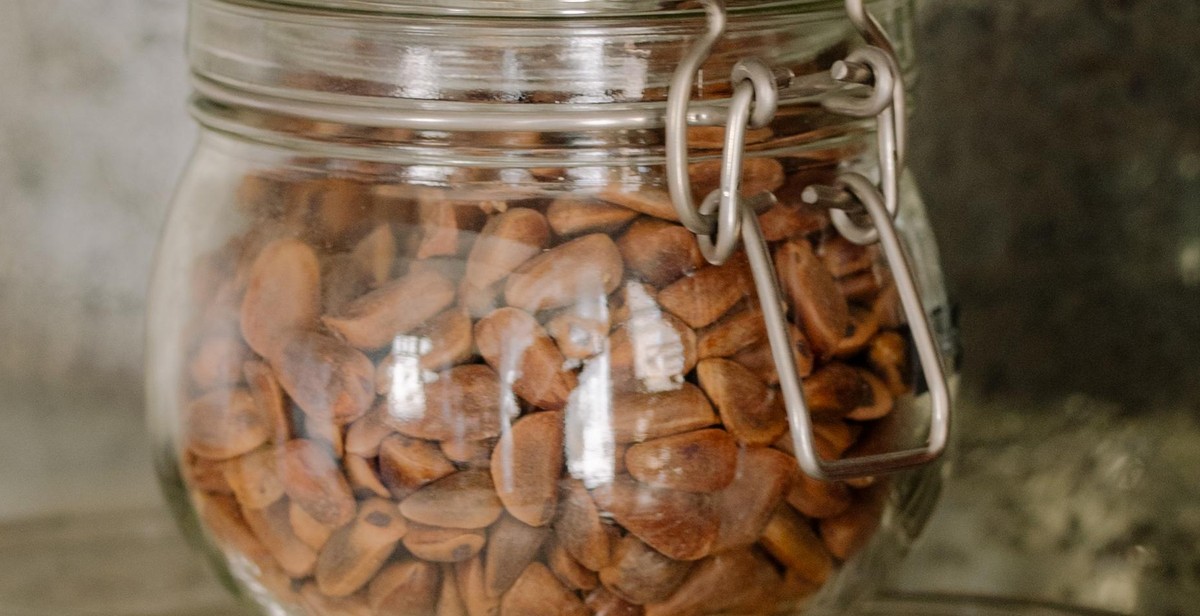
The Pickling Process
Sterilizing Your Jars
Before you start the pickling process, it is important to sterilize your jars to ensure that they are free from any bacteria or germs that could spoil your pickles. You can sterilize your jars by boiling them in a large pot of water for 10-15 minutes or by running them through a dishwasher cycle. Once sterilized, let the jars cool down before using them for pickling.
Packing Your Jars
When packing your jars, it is important to fill them tightly with your vegetables of choice. You can use a combination of different vegetables, such as cucumbers, carrots, and cauliflower, to create your own unique pickling blend. Be sure to leave a little bit of space at the top of the jar to allow for the brine to be added.
- Wash your vegetables thoroughly and cut them into the desired size and shape.
- Pack the vegetables tightly into the jars, leaving about 1/2 inch of space at the top.
- Add any additional spices or herbs, such as dill or garlic, for extra flavor.
Adding the Brine
Once your jars are packed with vegetables, it’s time to add the brine. The brine is made up of vinegar, water, salt, and sugar, and is what gives pickles their signature tangy flavor.
| Ingredients | Amount |
|---|---|
| Vinegar | 1 cup |
| Water | 1 cup |
| Salt | 1 tablespoon |
| Sugar | 1 tablespoon |
Combine all the ingredients in a saucepan and bring to a boil. Once the salt and sugar have dissolved, remove from heat and let cool for a few minutes. Pour the brine into the jars, making sure to cover the vegetables completely. Seal the jars tightly and store them in a cool, dark place for at least a week before enjoying your homemade pickles.
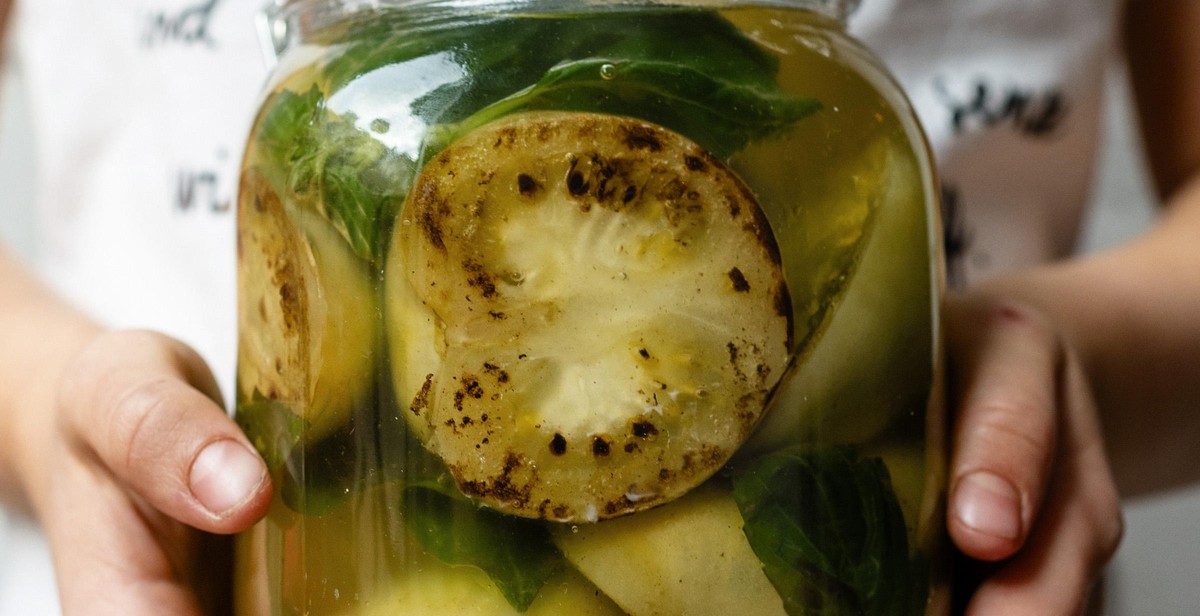
Storing Your Pickled Vegetables
Once your pickled vegetables are cooled and sealed, it’s time to store them properly to ensure their longevity and flavor. The following are some guidelines to follow when storing your pickled vegetables:
Cooling and Sealing
Before storing your pickled vegetables, make sure they are completely cooled. This can take anywhere from 30 minutes to an hour. Once the jars are cooled, check the seals to ensure they are tight and secure. If the seal is loose or broken, the pickled vegetables may spoil quickly.
Storing
Store the pickled vegetables in a cool, dark place, such as a pantry or cellar. Exposure to light can cause the vegetables to lose their color and flavor. Keep the jars away from heat sources and direct sunlight, as this can cause the jars to break and the pickled vegetables to spoil.
If you don’t have a cool, dark place to store your pickled vegetables, you can also store them in the refrigerator. Pickled vegetables stored in the refrigerator can last up to six months.
Aging
Pickled vegetables taste better with age. Allow the pickled vegetables to age for at least 2 weeks before consuming them. This allows the flavors to meld together and intensify. The longer you wait, the more flavorful the pickled vegetables will be.
Remember to label your jars with the date they were made so that you can keep track of their age. Pickled vegetables can last up to a year if stored properly.
By following these guidelines, you can enjoy your pickled vegetables for months to come.
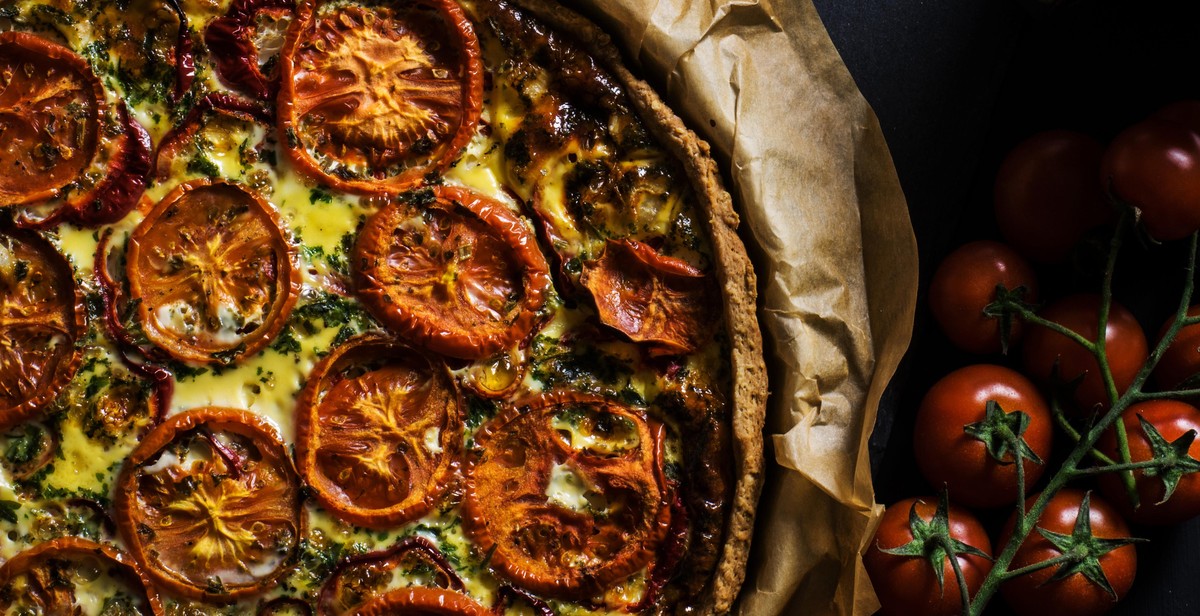
Conclusion: Enjoying Your Pickled Vegetables
Now that you know how to pickle vegetables, you can enjoy your homemade pickled vegetables all year round. Pickling is a great way to preserve fresh produce and add flavor to your meals. Whether you prefer spicy or sweet pickles, there are endless possibilities when it comes to pickling vegetables.
Tips for Enjoying Your Pickled Vegetables
- Pair your pickled vegetables with cheese and crackers for a tasty snack.
- Add pickled vegetables to sandwiches and burgers for a tangy crunch.
- Chop up pickled vegetables and add them to salads for an extra burst of flavor.
- Use pickled vegetables as a garnish for cocktails or Bloody Marys.
- Experiment with different spices and herbs to create unique flavor combinations.
Final Thoughts
Preserving fresh produce in vinegar brine is a time-honored tradition that has been passed down for generations. By following the steps outlined in this article, you can enjoy the benefits of pickling and create delicious, healthy, and flavorful snacks and meals for yourself and your family. So go ahead and get pickling!
